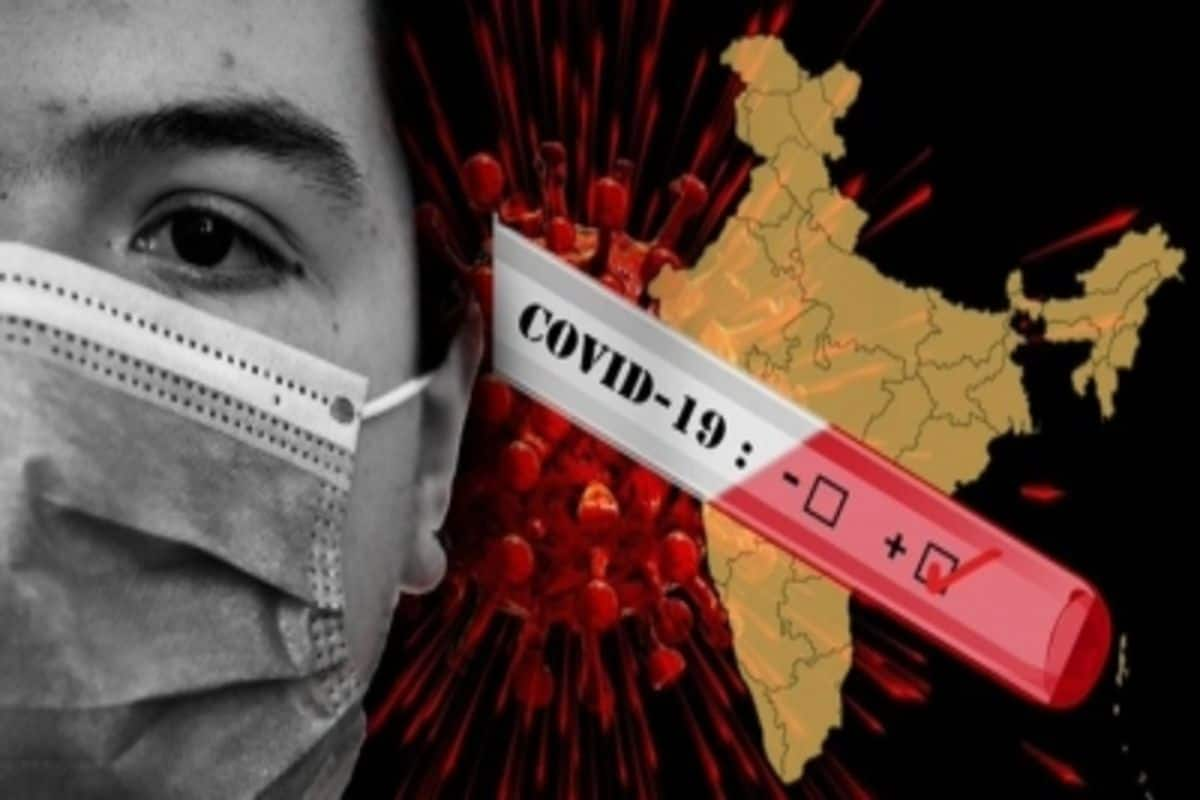The global battle against COVID-19 continues as the World Health Organization (WHO) sheds light on a pressing concern – the emergence of over 300 subvariants of Omicron. Contrary to assumptions that the pandemic might be winding down, this revelation underscores the ongoing need for vigilance and informed action. These subvariants are showcasing a diversity that demands heightened monitoring, research, and collaboration among medical communities worldwide.
The Multifaceted Omicron Spectrum
Within the intricate realm of Omicron subvariants, a picture of diversity emerges. Among these sublines, 95% belong to the BA.5 sublineage, while the remaining 20% correspond to the BQ.1 sublineage. This complexity unveils the extent of Omicron’s adaptability and challenges the status quo. It is vital to understand that these subvariants, while sharing similarities in symptoms, have nuances that necessitate comprehensive investigation.
Echoes of Symptoms
The symptoms displayed by these Omicron subvariants may not be as severe as earlier strains, yet their impact remains significant. Dr. Anita Mathew, an expert on infectious diseases, highlights that numerous patients are displaying no symptoms at all, and some might even test positive incidentally while being treated for other health concerns. While some individuals experience the usual signs like fever, fatigue, and cough, there are variations that include an itchy throat, runny nose, and chronic cough. This spectrum of symptoms underscores the importance of a comprehensive diagnostic approach.
The Imperative of Vigilance
In this evolving landscape, vigilance becomes our strongest ally. The Indian SARS-CoV-2 Genomics Consortium (INSACOG) stands at the forefront, actively monitoring the emergence and evolution of sub-lineages such as XBB and XBB.1, in addition to new ones. This proactive stance mirrors the collective determination of the global medical community to understand, anticipate, and effectively combat the challenges posed by these subvariants.
A Call for Collaborative Research
As we navigate this complex landscape, collaboration is the key to success. WHO’s COVID technical head, Maria Van Kerkhove, emphasizes the need for enhanced monitoring, sequencing, and data sharing. This collaboration enables swift and reliable studies, facilitating an informed response to the evolving dynamics of Omicron subvariants. The call for collaborative research resonates as a beacon of hope, illuminating the path forward in our fight against the pandemic.
Insights for the Future
The emergence of over 300 Omicron subvariants has accentuated the need for continued research, adaptation, and vigilance. Each subvariant offers a unique perspective into the virus’s behavior, highlighting its ability to adapt and evolve. In the face of this complexity, medical practitioners, researchers, and policymakers must unite to decipher the implications of these subvariants on transmissibility, severity, and vaccine efficacy. This pursuit of knowledge will empower us to make informed decisions and tailor interventions that effectively mitigate the impact of these subvariants.
Embracing Preparedness
As we navigate this intricate landscape, preparedness becomes our shield. Acknowledging the diverse symptoms and dynamics of Omicron subvariants, healthcare systems must equip themselves to respond effectively. This encompasses enhancing testing capabilities, bolstering contact tracing efforts, and ensuring the availability of medical resources. Preparedness is not just a response; it is a proactive stance that safeguards lives and sustains our collective resilience.
The Path Forward
In our pursuit to outrank challenges, we must remember that knowledge is our greatest weapon. By harnessing the power of collaboration, research, and informed action, we can navigate the multifaceted landscape of Omicron subvariants. The journey ahead demands the dedication and unity of the global medical community, policymakers, and individuals alike. It is only through our combined efforts that we can chart a path towards an era of improved understanding, preparedness, and recovery.







